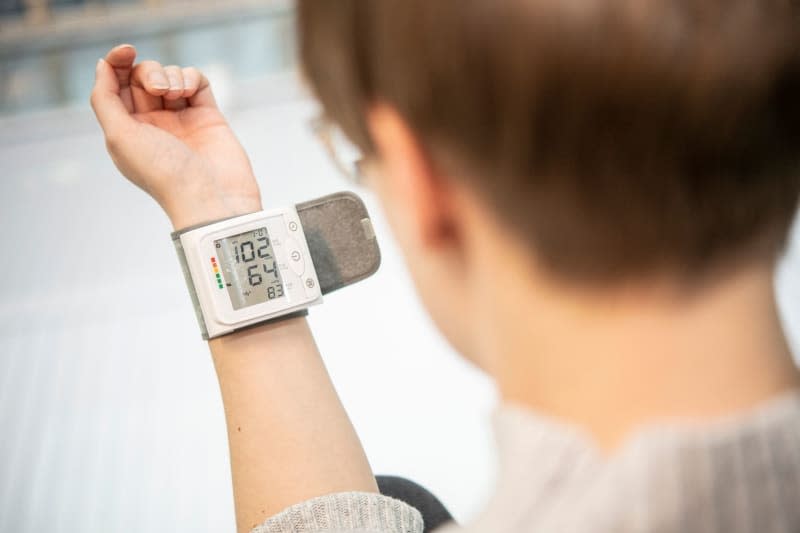What to look for in a home blood pressure monitor

If your GP has advised you to regularly check your blood pressure at home, you first need to decide whether to buy a monitor that measures it at your upper arm, or at your wrist.
Should you opt for the latter, you can choose one without the conventional cuff, as there are now blood pressure monitor bracelets on the market. You wear one all day, during which it measures the pressure at certain intervals, says the Berlin-based TÜV Association, which tests product safety.
Whether wrist cuff or bracelet, a wrist blood pressure monitor isn't for everyone. If you smoke, have diabetes or a vascular disease, for example, your blood vessels are likely to be narrowed and hardened, which can impact the accuracy of the readings.
People with cardiac arrhythmia should steer clear of them as well, and get an upper arm blood pressure monitor instead. If you're unsure of what's best for you, it's a good idea to consult your doctor.
The accuracy of the monitors' readings depends in part on a properly fitting cuff or band. So before you buy one, the TÜV Association says you should make sure to measure the circumference of your upper arm or wrist with a tape measure.
If you want a smart device that connects to an app, you can compare criteria such as battery life, display size and brightness. Prices for a high-quality smart blood pressure monitor start at about €80 or about $90.
Check the product description to see whether the device is a certified medical product, ensuring it will provide accurate readings with proper use.
Correct positioning during measurements is very important too. Cuff devices should be at heart level. If it's an upper arm monitor, support the arm, which should be relaxed, on a table while you're sitting upright. For wrist monitors, place your bent elbow on a table so that your wrist is at heart level.
You needn't worry about positioning if you're wearing a blood pressure monitor bracelet.

